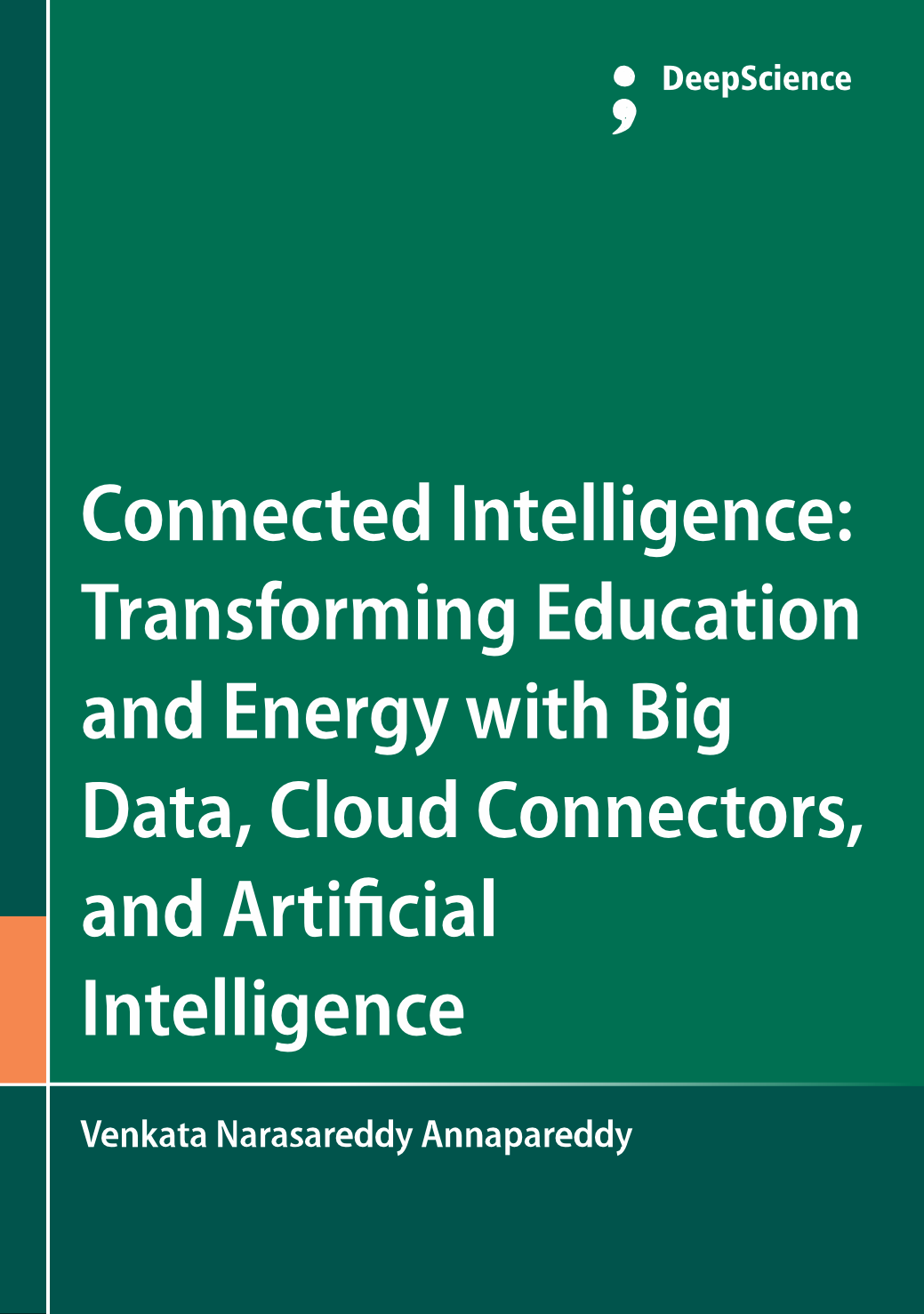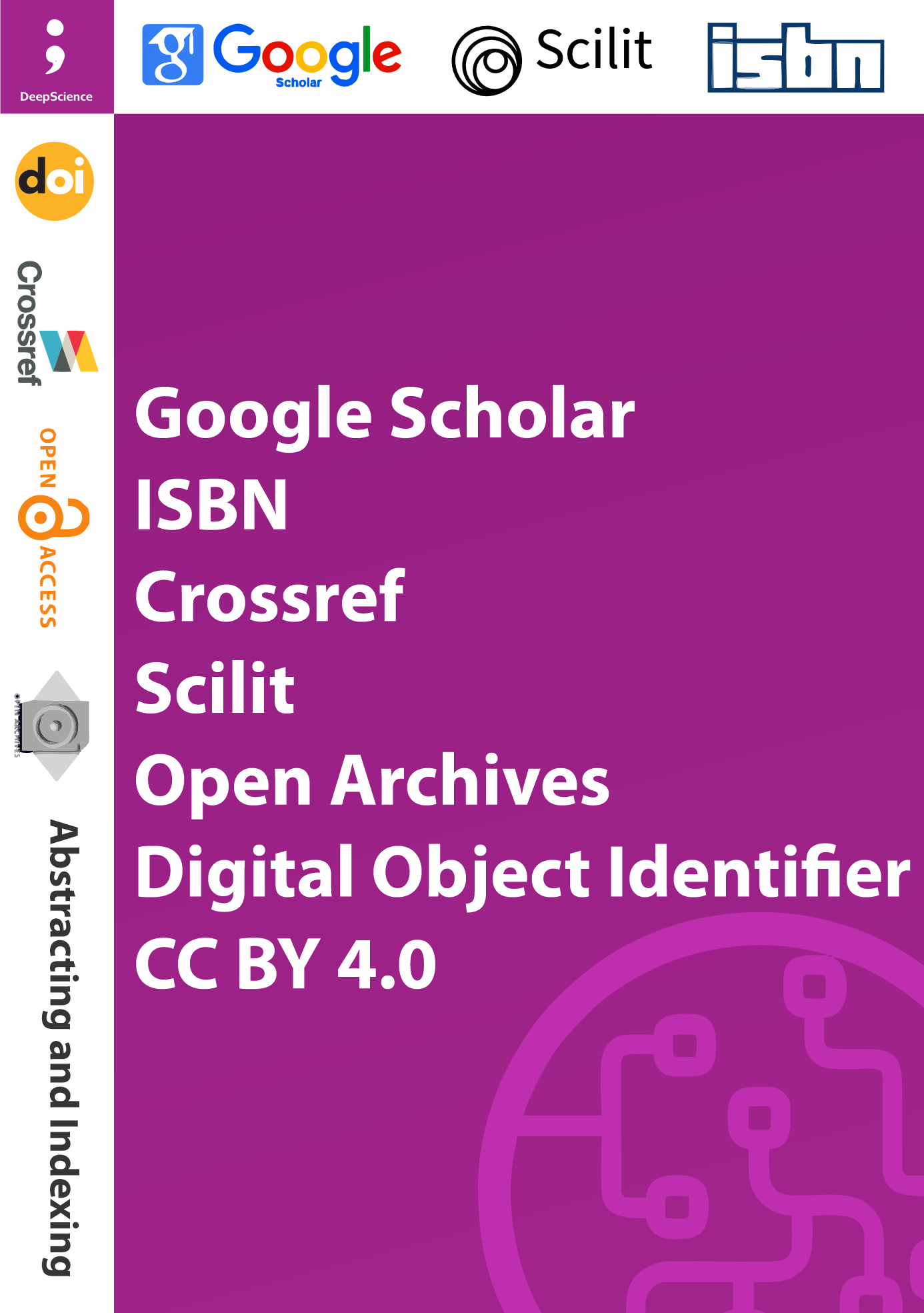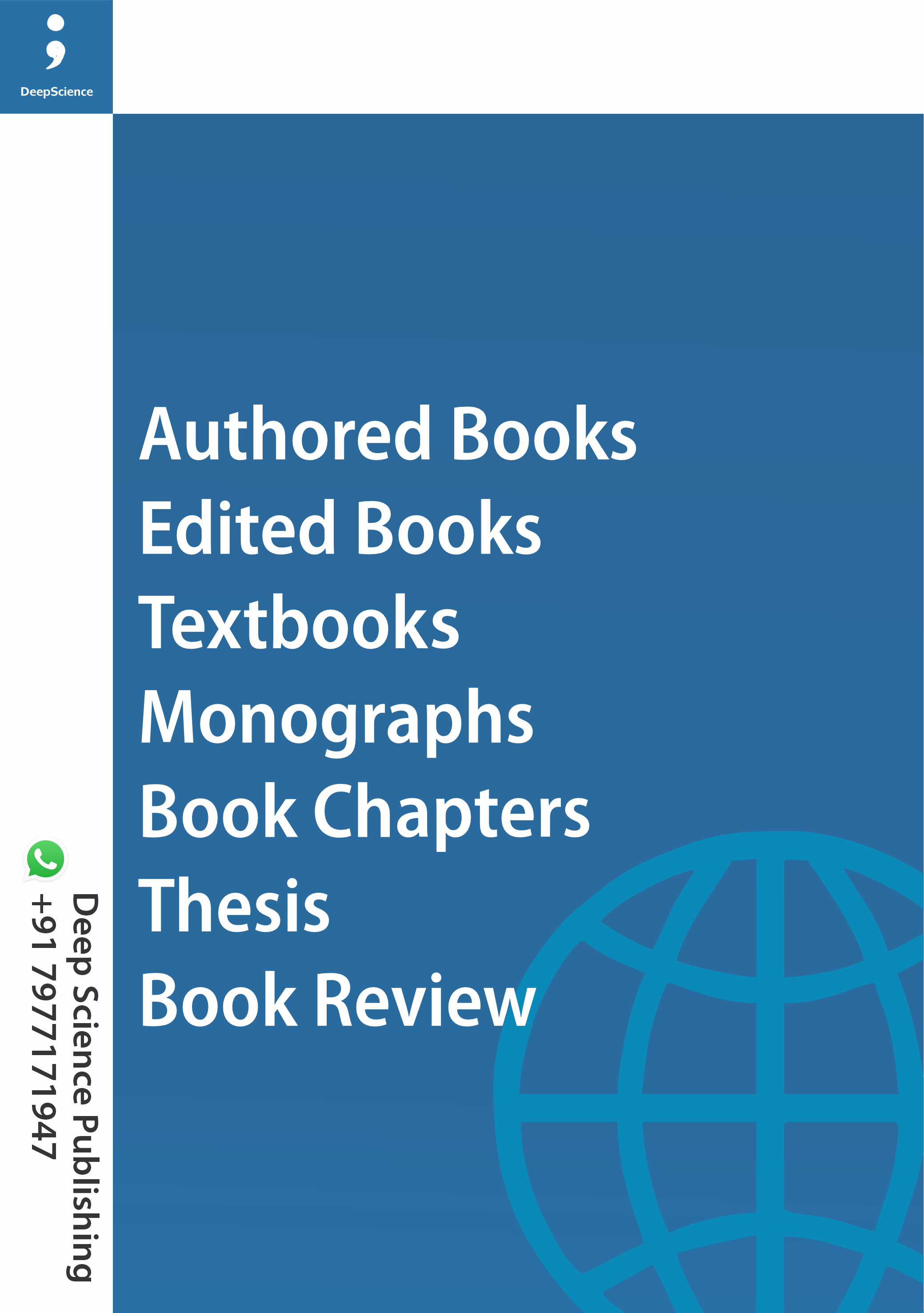Creating interconnected digital environments that support real-time insights, adaptive learning, and energy optimization through intelligent infrastructure
Synopsis
This chapter is intended to present and discuss issues in the context of the digitalization process of energy-consuming systems, which is advancing at both the utility-customer and facility sub-system levels. The focus of this research includes the area of real-time insights and predictions as they relate to energy management and optimization purposes. These are the key research foci of the project, which concern technology, data, and information.
This research aims to explore and assess some of the opportunities and practical challenges associated with digitalized interconnected environments, especially when multiple such virtual environments are interconnected. The end goal of research challenging these areas should provide energy management, operations, and maintenance with the possibility of leveraging the analysis results associated with an ever-increasing access to contextual data. The environments we discuss use interconnected technology that sits at increasing distances from the physical environment but are ultimately linked to it. Consequently, the insights and recommendations are based not just on commonalities in the connected environments, but also on the fact that interconnected information and data can be exchanged in close to real-time. In turn, this rapid and frequent exchange of data can provide already successful recommendations and predictions. In other words, the interconnected digital environments provide, over and above currently existing approaches, a near real-time approximation to the analyses that identify as possible energy efficiency or optimal set points for facilities and built assets. The main points tackled during the following discussion are presented in a figure. Emphasis is placed on optimizing aspects and challenges. This paves the way for the coming discussion.












